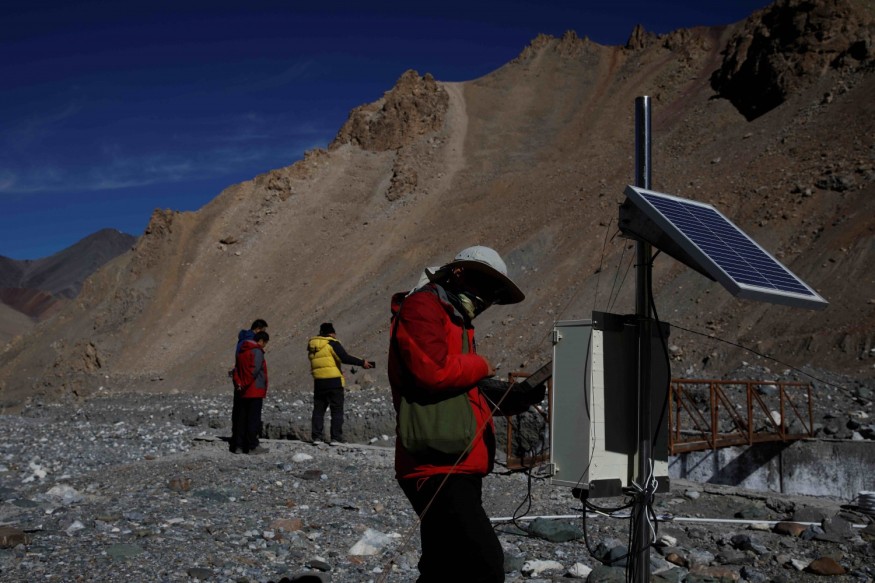For years, several research teams from the Chinese Academy of Sciences and other environmental groups have kept track of glaciers and mountains are affected by climate change.
Scientists recently reported that the 7.7-square mile glacier Laohugou No. 12 is disappearing at an alarming and unpredictable rate.
Mountain areas, Earth's natural water towers, are highly sensitive to global warming. Melting glaciers aren't just indicators of how climate change is worsening. It implies habitat loss for wildlife and water shortages for nearby communities.
The first monitoring station was installed at the Tibetan plateau during the 1950s. Since then, monitoring stations and equipment have been set up in several mountain areas nearby including the Tianshan mountains in northeast China and at Mount Everest.
Alarming Glacial Melt
Since measurements began, Laohugou No. 12 has shrunk by 7%. Moreover, the glacier's melting rate has accelerated in the past few years. That's equivalent to about 42 feet of the glacier's thickness melting away.

The Qinghai-Tibet Plateau, also known as the Third Pole region or the Water Tower of Asia, is retreating 50% faster between 1990 and a decade ago compared to glacier retreat between 1956 and 1990. The mountain is the source of numerous rivers such as the Yangtze and Indus Rivers.
Professor Yao Tandong said that global warming "has caused an imbalance in the ratio between water, ice, and water vapor, leading to catastrophic consequences caused by glacial lake outbursts and landslides." Tandong has led the Third Pole Environment program since July last year.
Qin Xiang from the monitoring station said that back in 2005, "the glacier was around that point there where the river bends." Today, the flowing water from the glacier runoff is twice the amount it was six decades ago.

Millions of Lives at Stake
Further downstream where the Silk Road used to be, a lake was formed in a desert area for the first time in three centuries. On the other hand, rainfall and snow have been less than typical rates. Despite runoff from the melting glaciers, nearby villages and farmers still experience water shortages for crops and livestock.
Another danger is that glacial runoff could cause floods, said Greenpeace East Asia. During the spring, there has been increased flooding while there are water shortages during the summer.
Experts predict that by 2030, the Water Tower of Asia may be at the peak of glacial melt. As a result, fewer glaciers would mean less slow melt and the nearby communities may experience a water crisis, said Shen Yungping.
Meanwhile, at the Tianshan mountains in the Xinjiang region, the Tianshan No. 1 glacier has been receding nearly 30 feet per year and is the source of the Urumqi River. Scientist LiZhongqin explained that the glacier has split into two, the No. 1 East and No. 1 West glaciers due to the rapid glacial melt. It is predicted to disappear in the next 50 years and affect nearly four million people who depend on the river.
Check out more news and information on Climate Change on Science Times.
© 2025 ScienceTimes.com All rights reserved. Do not reproduce without permission. The window to the world of Science Times.












